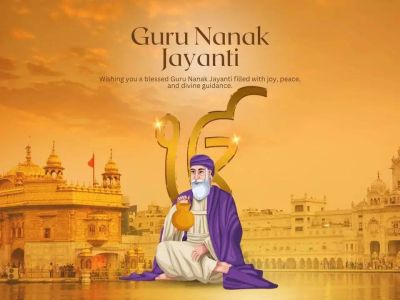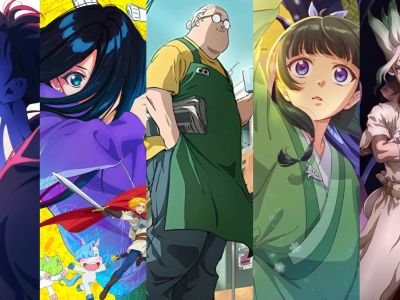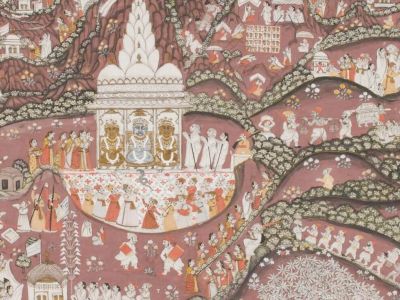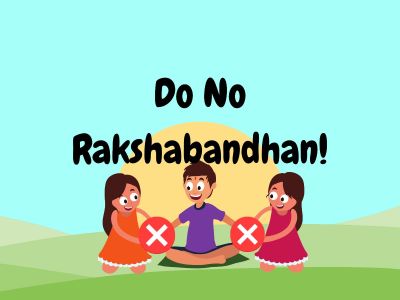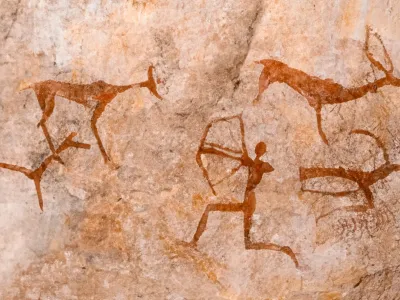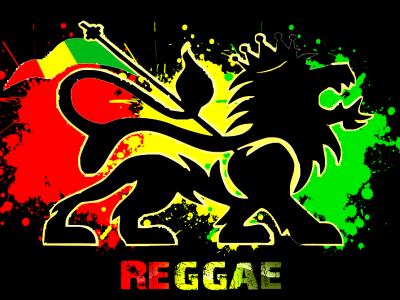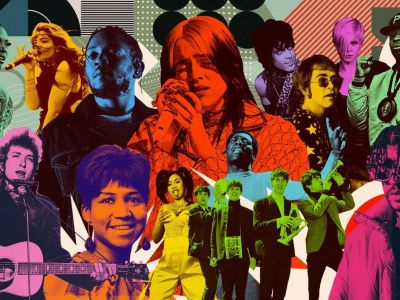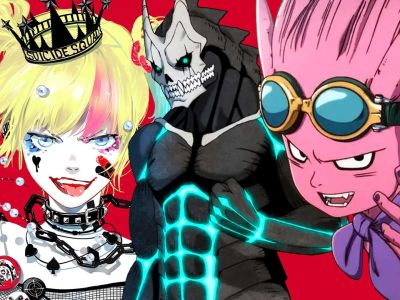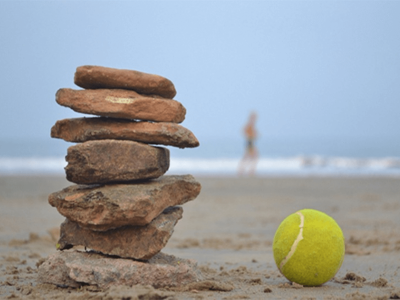Twin Gods
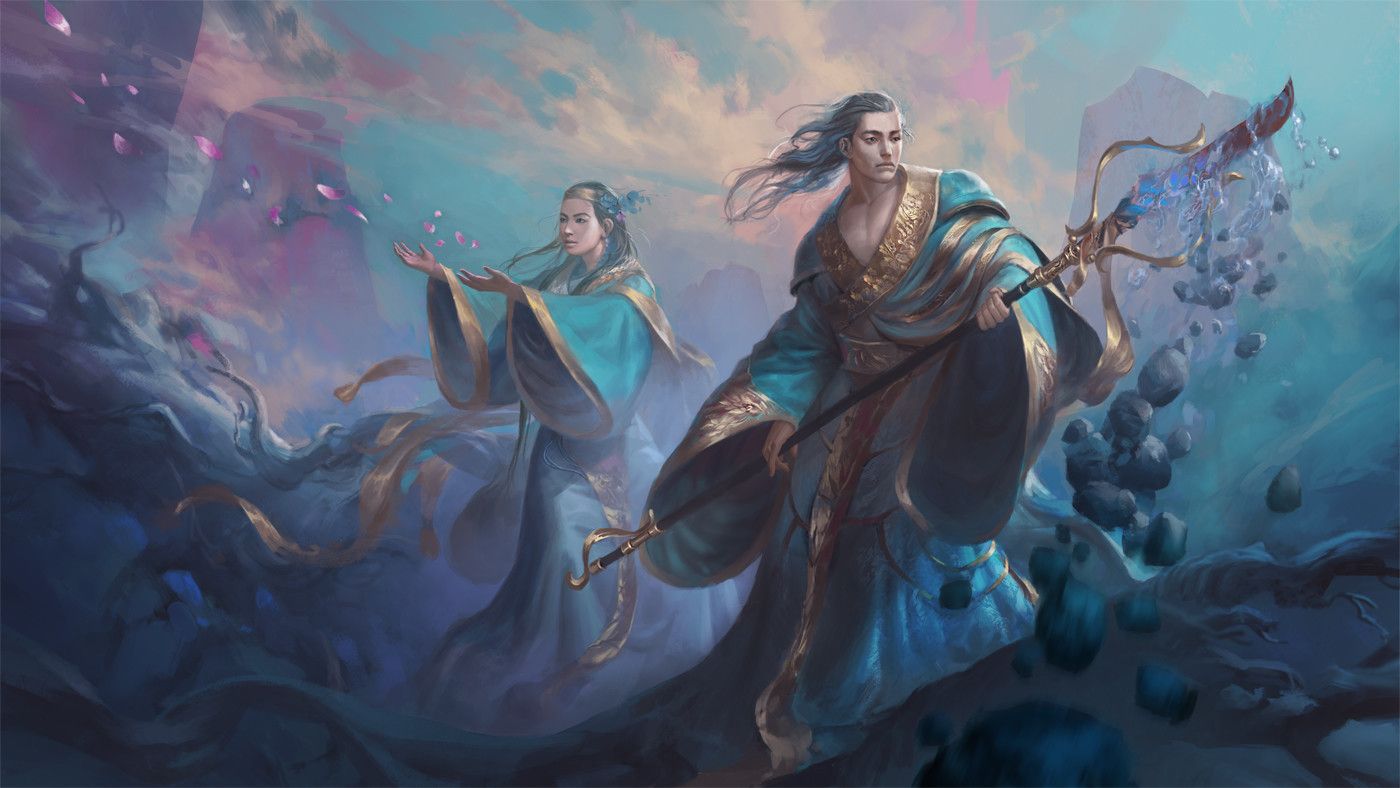
Mythology is a fascinating subject, decorated with fables and folklore. The stories of gods, their interaction with men, the creation of the universe, and the personification of nature, are enriched with so many legends and myths. Oftentimes, mythology talks about the sun and moon, earth and sky, life and death, good and evil, and duality. One of the dualities in mythology is shown beautifully by the concept of Twins.
Twins are often very prominent figures in mythologies. Generally defining the dual aspects of nature, twins can express singularity, mirroring the dual body of a single soul or aspect. The bond between the twins can bring harmony or can disrupt the world.
From Here we are sharing a list of 12 Twin Gods from various mythologies and pantheons,
Ashvins
The Wandering Healers. Dasra and Nasatya are the twin horsemen in Hindu mythology. They are often depicted as a human with a horse head. From one source they are the children of the sun god and from another, sons of the sky god. They are sometimes linked to the sky and the pre-dawn light. The twins are regarded as the physician of the gods.
Ashvins are minor gods in Hindu pantheons, Devas, but have a crucial role in the many fables. There are many legends of Ashvins as wanderers and healers. In one, they restore the sight of a blind man and in another made an iron leg for a lame. They wander around the world, healing weak and sick, and helping those in trouble, restoring their youth and potency.
Azizos and Monimos
Djinns of the Desert. Azizos and Monimos are the twin gods or djinn in the Palmyrene pantheon. Their origin and adventures are almost lost in the deserts. Even historians know very little about these gods. Azizos and Monimos show the two aspects of Venus, one is the morning star and another the evening star.
Azizos means the strong one while Monimos is the pleasing one. They both are depicted as mounted on a horse, holding a lance in one hand. While Azizos holds a shield, on the other hand, Monimos holds a faded object. Azizos is good and merciful, a divine escort and a protector. Monimos is a benefactor and rewarding. The twins are also associated with the sun. They protect and escort the caravans and travelers in the desert under the sun. Azizos and Monimos together described as, the rewarding protectors.
Ioskeha and Tawiscara
The Black and the White. The concept of good and evil is quite prominent in all mythologies and it also exists in the Iroquois mythology. The sky goddess in Iroquois mythology has two grandsons, one is good and the other is evil. Ioskeha, “the white one”, is the creator in the Iroquois mythology. As a creator, he shaped many lakes, rivers, freed all the creatures from a cave. He also taught humans the secret of agriculture and fire.
On the contrary, Tawiscara, “the dark one”, killed his mother during birth. He as evil always tries to destroy his brother’s good work. He frequently fights with his brother, once Tawiscara got wounded and sheds some blood on the ground, his blood becomes the flintstone, the weapon for the humans. Tawiscara is also known as the harbinger of winter. Winters are Frigid and barren, so we can understand why, Tawiscara is related to winter.
Izanagi and Izanami
In Japanese mythology, Izanagi, also known as Izanagi-no-Mikoto, is the creator deity (kami) of both creation and life. Izanagi's name translates to "He-who-invites" or the "Male-who-invites." After the creation of heaven and earth, seven generations of primordial deities manifested, and he and his sister-wife Izanami are the last of them. Many deities, such as the sun goddess Amaterasu, the moon deity Tsukuyomi, and the storm god Susanoo, are said to have descended from Izanagi and Izanami, who are also credited with creating the Japanese archipelago. Izanami, also known as Izanami-no-Mikoto (literally, "She-who-invites" or the "Female-who-invites"), is a Shinto mother goddess and the creator deity of both creation and death in Japanese mythology. The final of the seven primordial deity generations to arise after the creation of heaven and earth is she and her brother-husband Izanagi. Many deities, such as the sun goddess Amaterasu, the moon deity Tsukuyomi, and the storm god Susanoo, are said to have descended from Izanami and Izanagi, who are also credited with creating the Japanese archipelago.
Marassa
The Children of Voodoo. What comes to your mind when you hear this word, Voodoo, black magic, witchery, taboo, but Voodoo is more than that. It is a culture, a religion, and like any other religion it has gods and they are called Loas. In Haitian voodoo, Marassa are very old loas, but they are generally shown as children, twins. The twins are called children of mysteries, being the children they are quite temperamental, at one instance they were playful, beneficial, helps the needy but on the other, they could be demanding, jealous of one another’s presence.
Marassa twins are the first children of God, and they are the first to die, so the first ancestor. The dead Marassa twins are called Marassa Jumeaux. In all ceremony in Haitian voodoo they are the first to be honored.
Agni and Indra
Sanskrit's word for fire, agni, also refers to Hinduism's Vedic fire god. He is often seen in the southeast corners of Hindu temples and is the protector deity of the southeast direction. Agni as fire is one of the five inert impermanent elements (pacabhtá), together with space (ka), water (ap), air (vyu), and earth (pthv), which together make up the empirically perceived material existence (Prakti) in the traditional cosmology of Indian religions. In Hindu mythology, Indra is the ruler of the devas (godlike deities) and Svarga (heaven). He is linked to the sky, lightning, thunder, weather, rain, storms, river flows, and battle. The Rigveda's most frequently mentioned deity is Indra. He is praised for both his prowess and for having destroyed the great evil (a malicious asura), known as Vritra, who stood in the way of human wealth and happiness. By eliminating Vritra and his "deceiving forces," Indra saves humanity by bringing rain and brightness.
Yama and Yami
Conjecture of Incest. Yama, the god of death and king of Yamalok, is an important deity in Hindu mythology. Sometimes, Yama is presented as the first man, who died and become the ancestor of all human race. He was the son of Vivasvat, a sun god, and Saranyu. He along with her twin sister, Yami are cited as a primal pair. In some sources, the pair is the progenitor of all humans, for that Yama is guilty of the incest, while other sources deny this idea.
There is a story that Yami tries to allure Yama, to mate with her. As they are the first of their kind, she wants her race to flourish. Yami reasoned with Yama that they are man and wife since they were in the womb, but the firm Yama did not agree for the incestuous act, as Yama is also called Dharamaraj, the most righteous.
Ahura Mazda and Angra Mainyu
The Uncreated. Ahura Mazda and Angra Mainyu are like many divine twins, struggling with each other. Zoroaster, a prophet and founder of Zoroastrianism, felt the presence of ultimate good, Ahura Mazda, an order, righteous and just. Later Zoroaster releases another presence, contrary to Ahura Mazda, Angra Mainyu, who is ignorant, hostile and wicked. Both Ahura Mazda and Angra Mainyu are equally uncreated but where former is a creator, the latter is destructive.
The first encounter between these two gods created life and not-life. Ahura Mazda created the world, knowing that Angra Mainyu will come to destroy it. He also knew from his wisdom that in the end, the Gods will win over evil and the world will become completely good for eternity.
Shu and Tefnut
Rain of the Ether. Shu and Tefnut are primordial gods in Egyptian mythology, they emerge from Atum, the sun god. Shu appears as a man and associated with dry air and space while Tefnut appears as a woman and associated with moisture and rain.
Tefnut not only is a twin sister of Shu, but also his consort. Tefnut in union with Shu gave birth to another pair, Geb, the earth god and Nut, the sky goddess. Geb and Nut as a pair embrace each other so ardently that there is no gap between them for their children to come out. Shu for the sake of new life, separated Geb and Nut, earth and sky, lift Nut in his hands and Geb under his feet, and in between is Shu, space itself.
Hypnos and Thanatos
Death is an Eternal Slumber. In Greek mythology two primordial gods, Hypnus, the personification of sleep and Thanatos, the personification of death, are twins. They are the son of Nyx, the personification of night.
The twin lives deep in a dark silent cave, whose entrance is covered by the poppy thicket. When the twins appear in the human world, Hypnus is greeted as a benefactor of man, but Thanatos is feared as the enemy of mankind, who is cruel and gloomy. On the contrary, Thanatos, death himself, is portrayed as a handsome youth, holding an inverted torch in one hand, symbolizing the end of life. While his other arm around Hypnus shoulders, who is standing, smiling with his eyes closed.
Freyja and Freyr
The Deities of Wealth. Norse Mythology has two pantheon groups, one called Æsir, and the other Vanir. Freyja and Freyr are the Vanirs, born from the Njord and the giantess Skadi. Freyja is associated with love, lust, and magic and his brother, Freyr associated with sun and rain, and harvest. Both the twins are also strongly related to fertility and wealth.
As we have seen in almost all mythologies, incest is quite common. Norse gods are not untouched by it, as well. In the old fables, the Freyr and Freyja are not just brother and sister, but also husband and wife. Later, this changed, Freyr married to giantess Gerdr and Freyja to Odr. Odr sometime suspected to be, the Odin.
Apollo and Artemis
The Bow and the Arrow. Apollo and Artemis are well-respected gods in Greek mythology. Honored with a place in twelve Olympians for their personage. Apollo is the god of the sun, art, music, medicine, and prophecy, and her twin sister is the goddess of the moon, hunt, chastity, and childbirth. Both the twins associated with archery, Apollo holds the bow and called “far shooter”. While Artemis holds quiver and arrow and called “arrow shooter”. She is also sometimes depicted as holding a torch, for being the goddess of the moon.
Even though the twins relate to so many good aspects, they still have a dark side. Once Niobe bragged that her childbearing capacity is greater than Leto, mother of the twins. The boosting angered the twins and for that, they punished Niobe, by slaughtering her six sons. Moral of the story, don't mess with the gods, even if they are the personification of good.
This was the list of Twin gods in various mythologies. Hope you like it and dont forget to share and subscribe!!! Thank you :)
